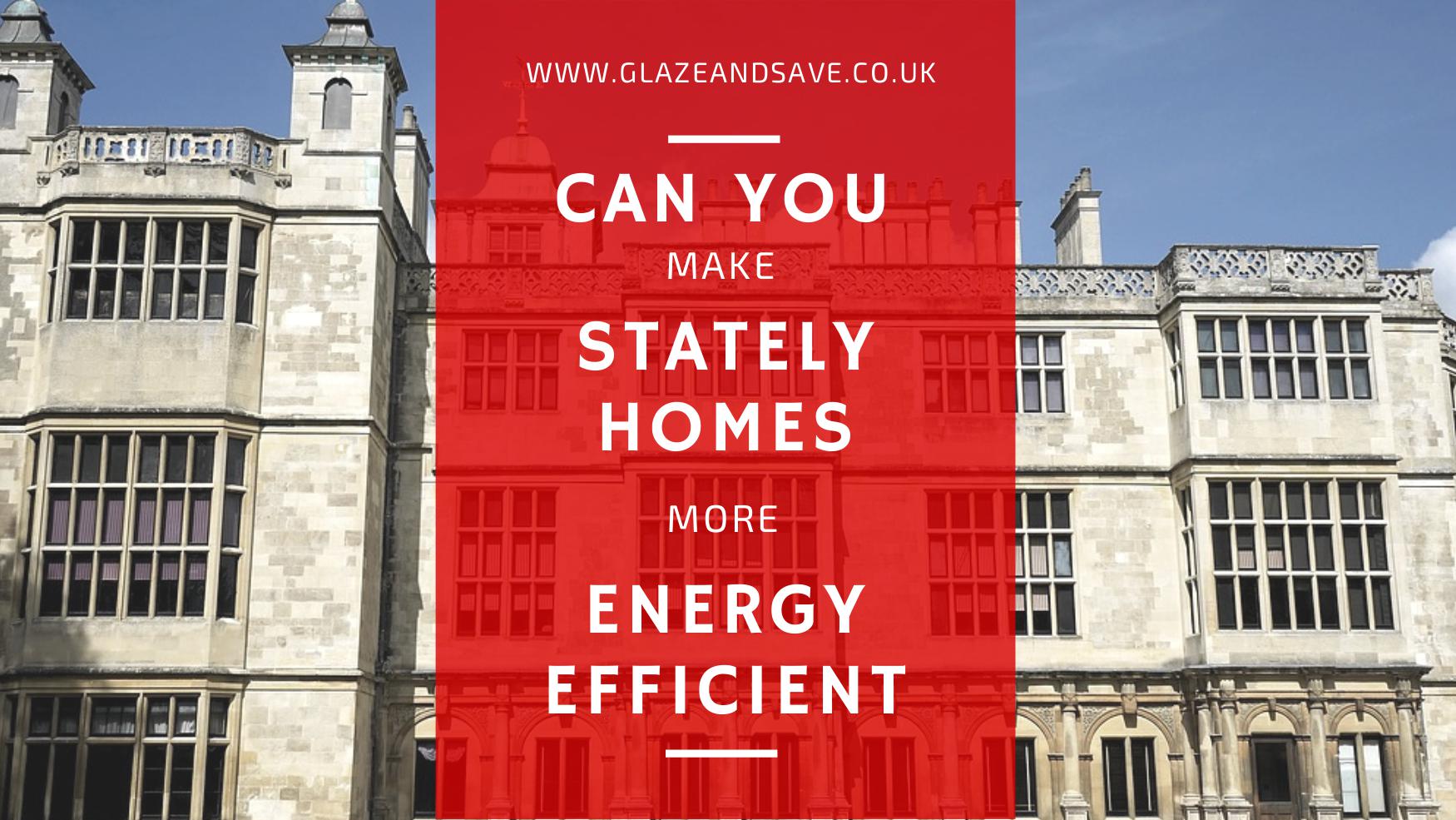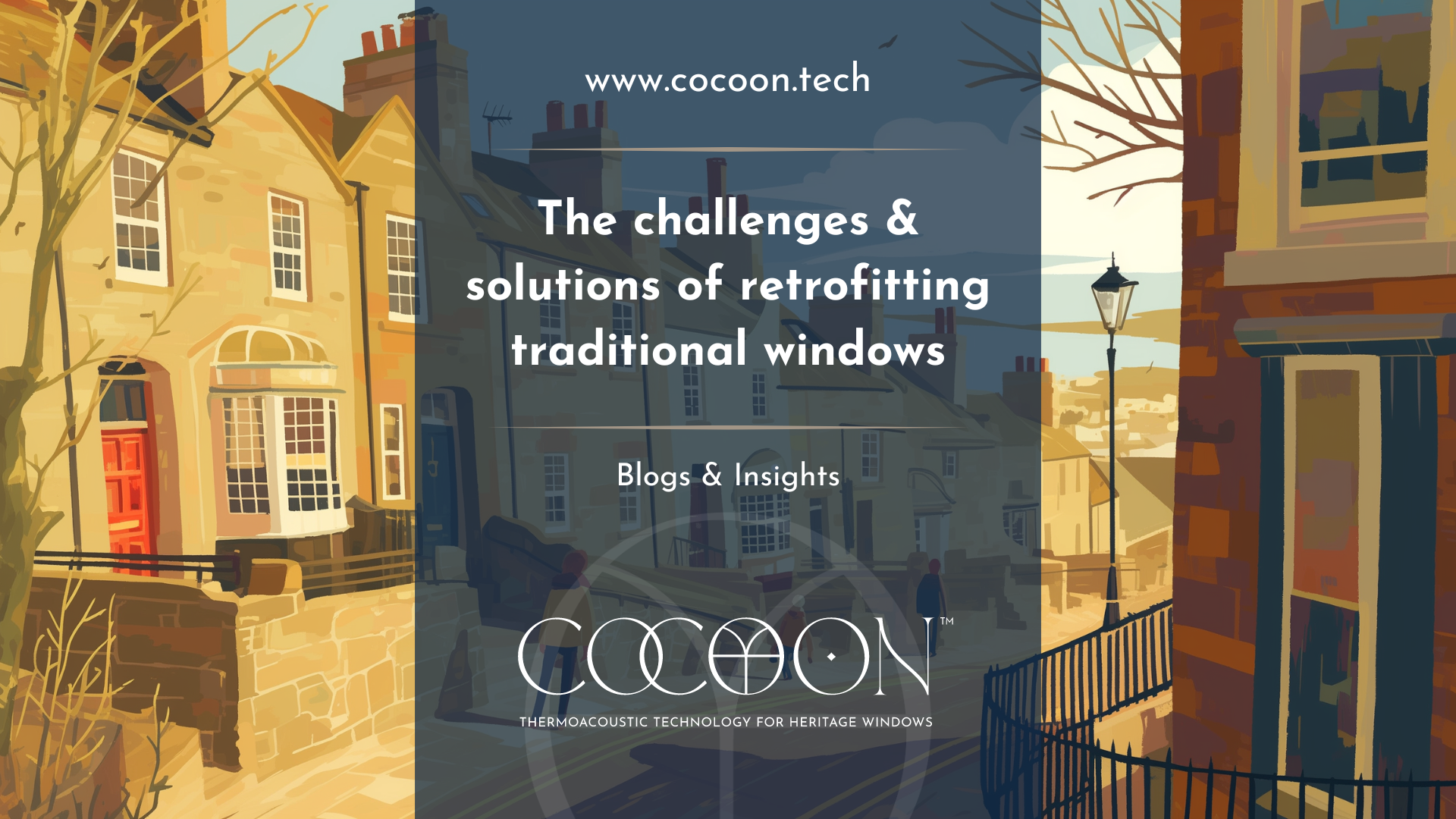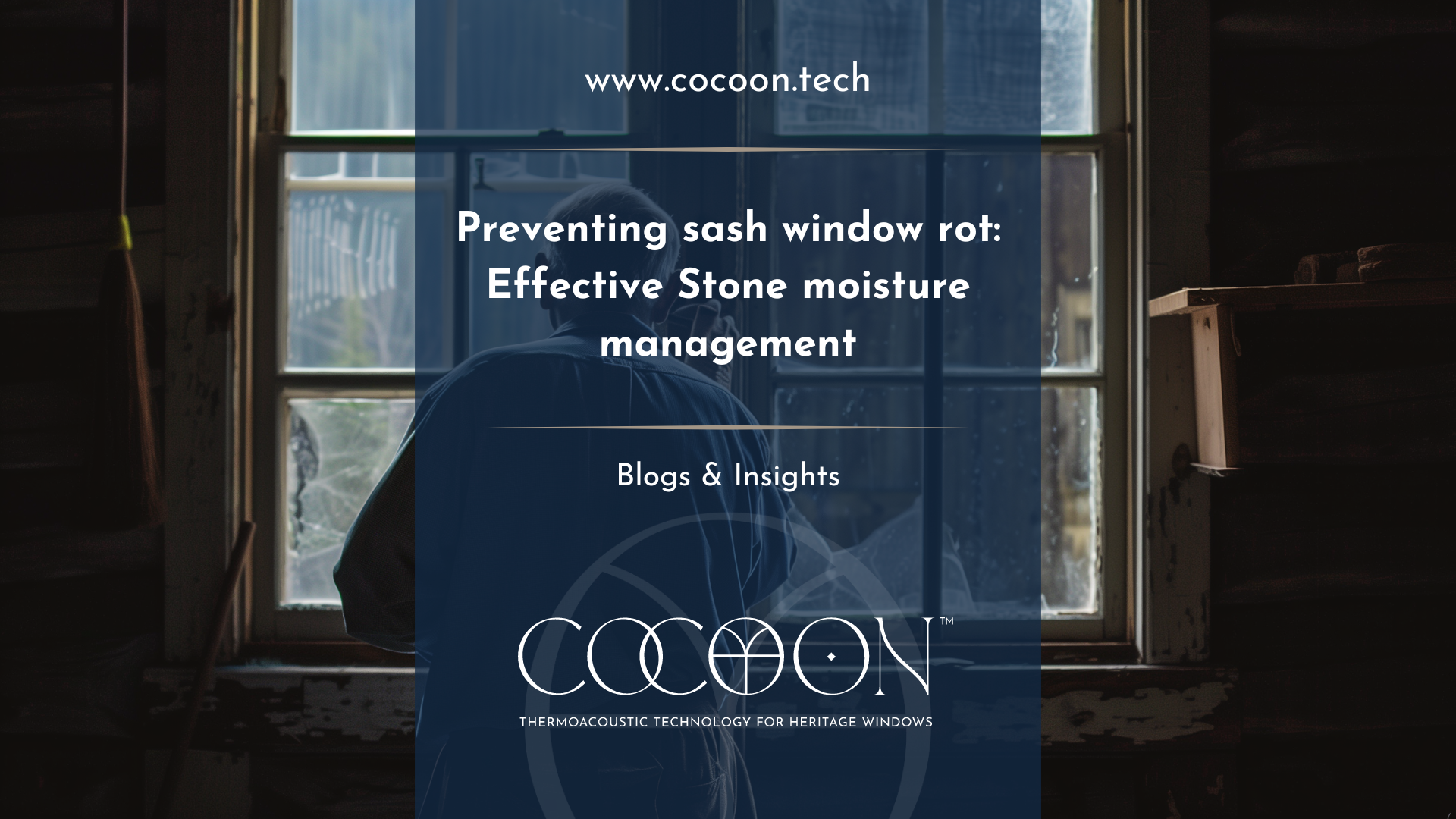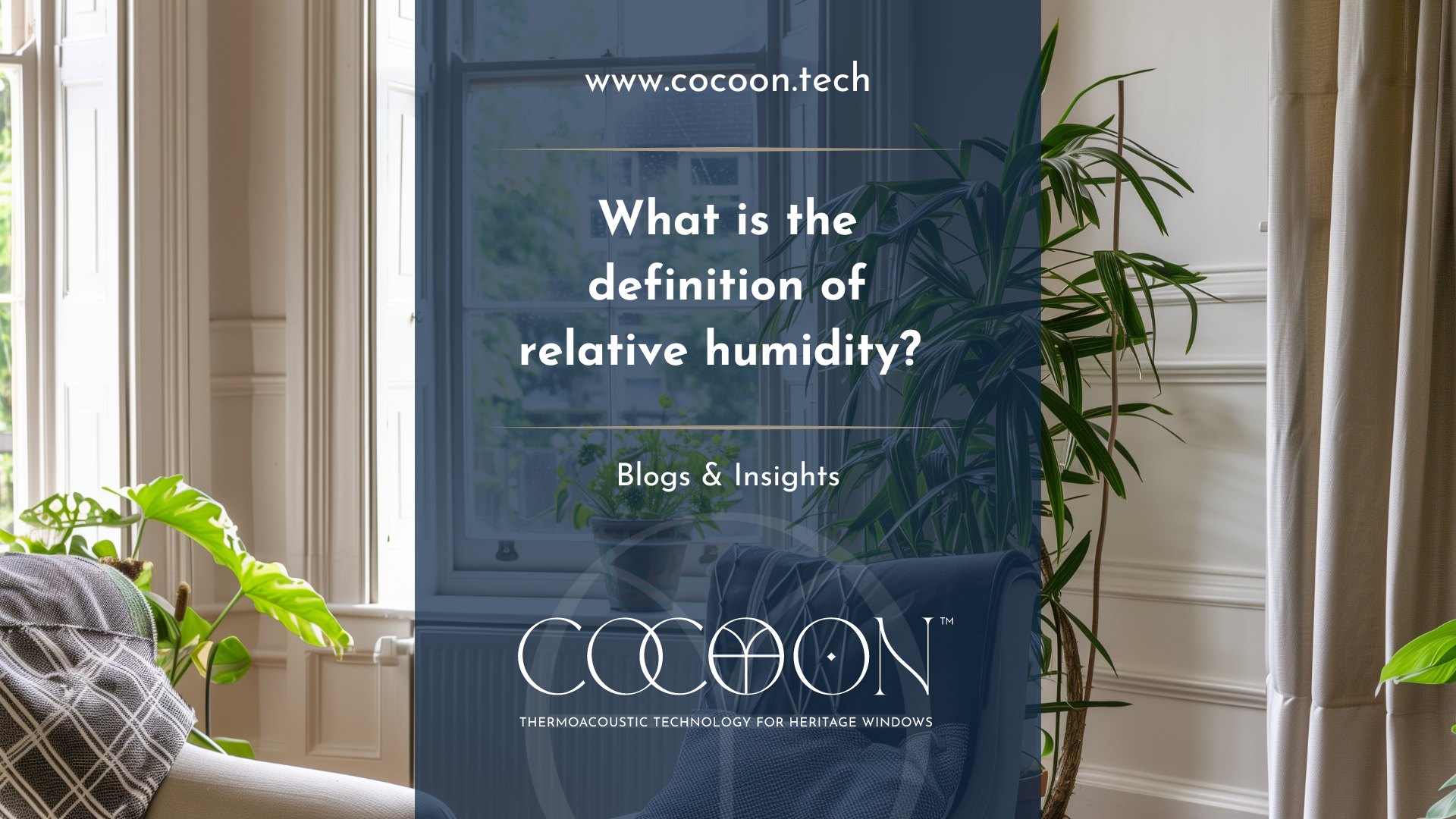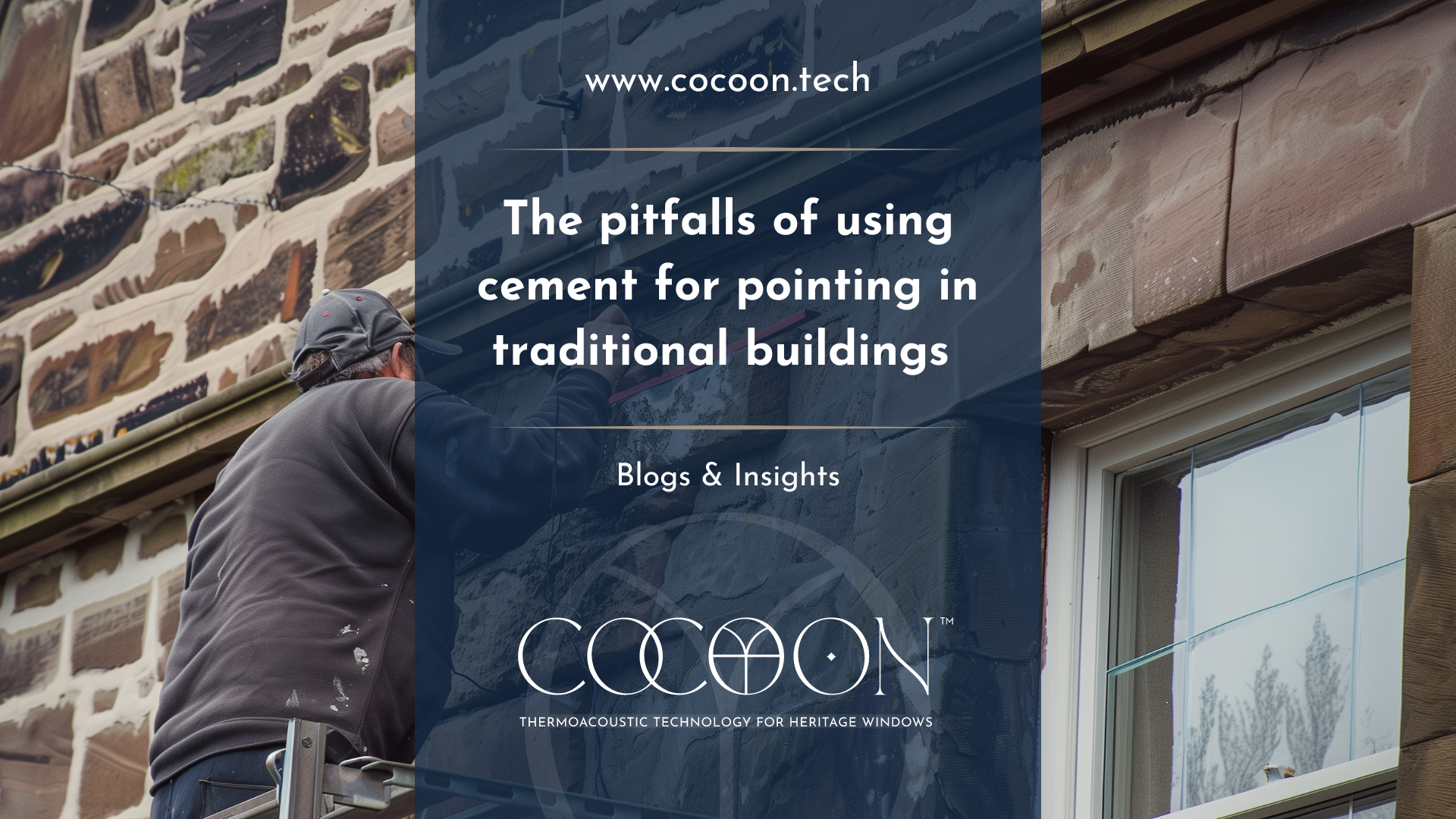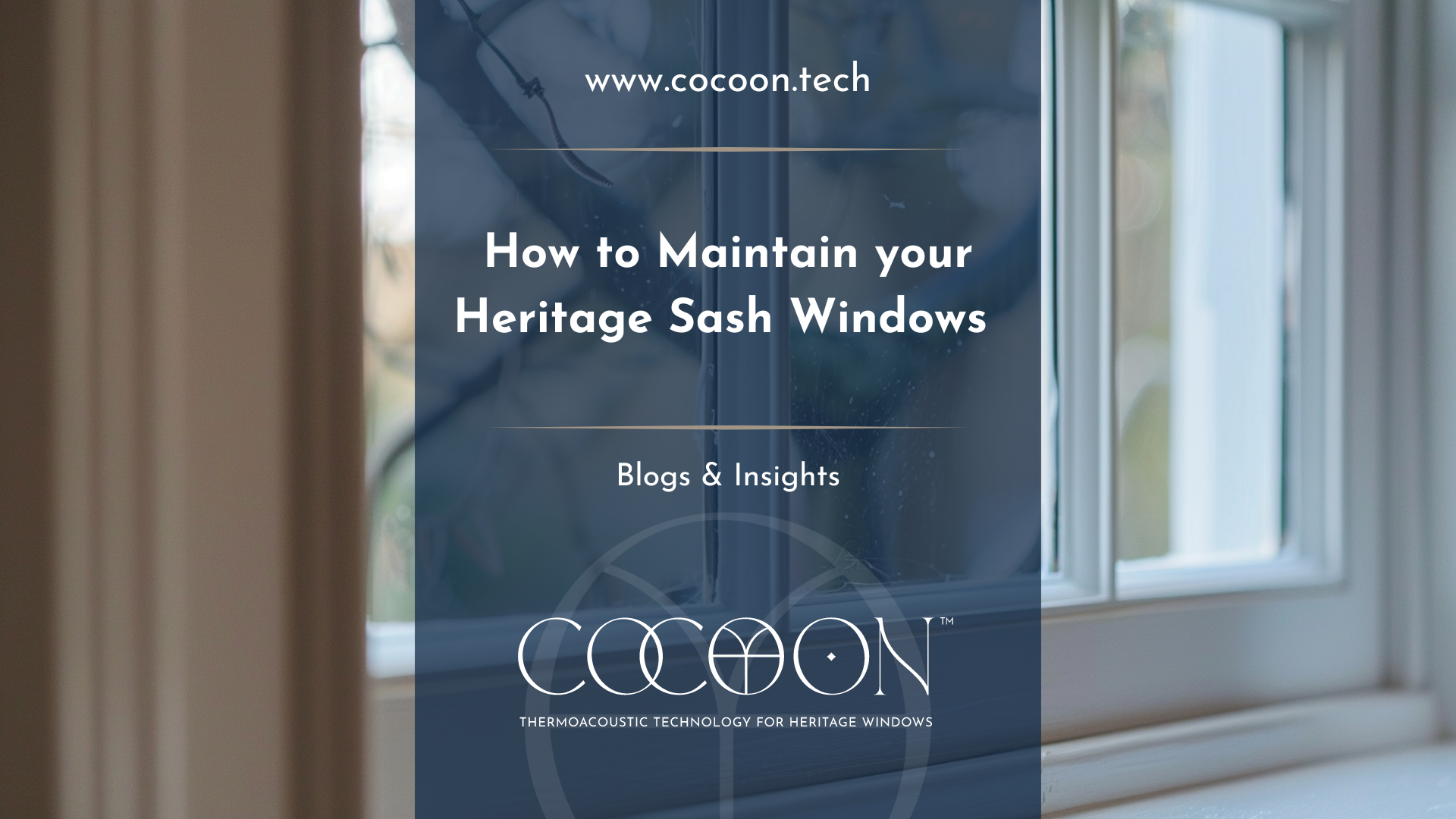Can You Make Stately Homes Energy Efficient? | Glaze & Save
Making a
regular-sized house energy efficient can often be a really tricky task
(although luckily we have plenty of blogs to help you on your way). But spare a
thought for the owners of stately homes: these large, historic buildings can be
extremely difficult to keep heated and weatherproof, let along energy
efficient, and that’s before we even take into consideration their potential
listed building status. But is there anything that owners and managers of stately
homes can do to their beautiful buildings to reduce their carbon footprint?
Many owners and managers of stately home shave found themselves forced to consider this, particularly as pressure for us all to become greener and more energy efficient continues to mount. One of the biggest management organisations for stately homes and other historic properties is the National Trust. The National Trust have tasked themselves with the aim of reducing the emissions from stately homes as well as cutting their overall reliance on fossil fuels.
The National Trust
In 2010, the National Trust announced a new ten year in 2010, outlining plans to make serious progress in the energy efficiency and fuel consumption of fifty stately homes. This strategic plan is the first step in a suite of measures that will dramatically increase the energy efficiency of the 140 stately homes that the National Trust is responsible for.
The National Trust’s main aim is to reduce carbon emissions from stately homes by 45%, exceeding the target given to them by the government (34%).
Measures to increase energy efficiency
Perhaps the most obvious measure that would benefit stately homes in their pursuit of greater energy efficiency is properly insulation of the walls and roofs. Due to the age and vast size of many of these buildings, proper insulation throughout stately homes is usually lacking, particularly where the buildings have uninhabited wings.
Beyond the obvious, however, it has been found that most stately homes would benefit from having a combination of two or more energy saving measures installed, along with alternate fuel sources. This may seem like a vast undertaking, and it is, but it is not impossible.
In the instance of Belvoir Castle, the private residence of the Duke and Duchess of Devonshire, an old oil-based heating system coupled with energy-guzzling old fashioned light bulbs made finding extra money for repairs and maintenance extremely difficult.
By employing energy saving light bulbs in all 356 rooms of the castle and installing a biomass boiler, the Duke and Duchess were able to make considerable energy savings. They are now even in the process of placing hydroelectric turbines into each of the three lakes that are found on the estate.
There are other measures that have been employed by the National Trust for Scotland, who have installed InvisiThermsecondary glazing in several of their properties, most notably in Drum Castle and Castle Fraser. The installation of polycarbonate secondary glazing can make a five degree difference in unheated rooms; but even in rooms that are heated, a reduction in energy costs of 22.5% minimum can be expected.
The National Trust for Scotland have also tackled the issue of draughty old buildings, and their associated energy inefficiency, by installing InvisiSeal liquid draught proofing in Drum Castle. Draught proofing alone can reduce energy bills significantly, for a relatively small outlay, meaning that it has a compelling payback time. The difference it has made to the National Trust for Scotland shows that stately homes, however grand and imposing, can be made to be more energy efficient, cheaper to run and will be around for much longer for us all to enjoy.
Glaze & Save exclusively installs InvisiTherm bespoke magnetic secondary glazing and InvisiSeal innovative liquid draught proofing. We specialise in historic buildings, stately homes and listed buildings. We count the National Trust for Scotland among our customers. Contact us todayfor your free no obligation survey.

